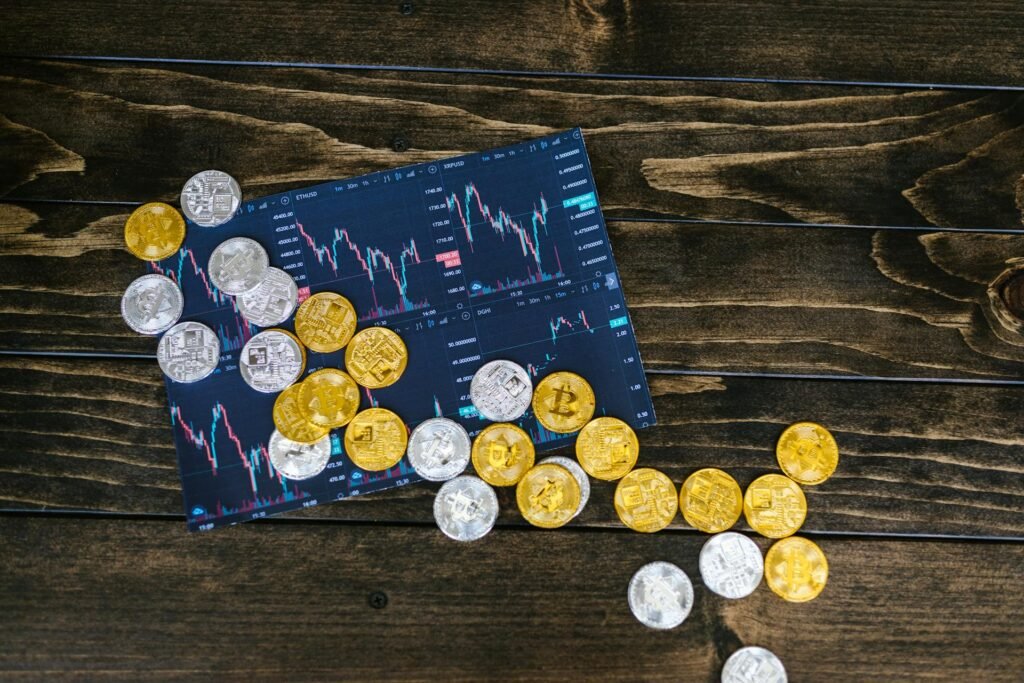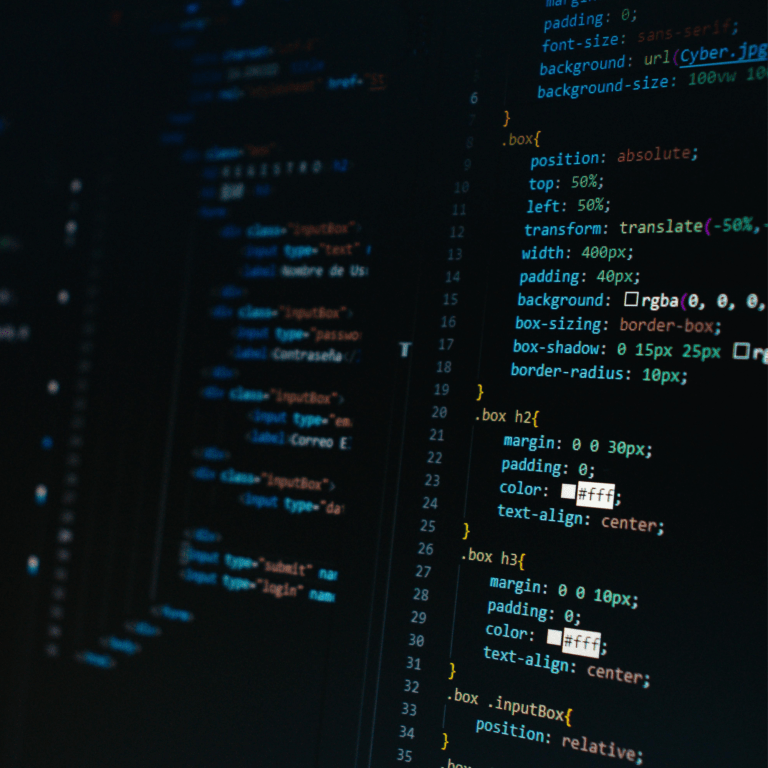Technology trends have never failed to astonish us whilst providing propitious revolutionary advancements in businesses and various industries. 2024 is expected to be overpowered by technology with software that generates more human-like interactions. Let’s take a sneak-peek into the world of virtual realms to keep abreast with all the latest trends in this fast paced world. Here are top five tech driven trends that companies and organizations should look forward to
Table of Contents
ToggleArtificial Intelligence: Pioneering the Future of Technology
Artificial intelligence interspersed in our lives blending well with innovations and brought about transformative changes across industries. This also lead to stoking fear that workers would eventually be replaced by bots.

If you want to learn Artificial Intelligence you can get one course from Udemy.
My recommended one is Complete A.I. & Machine Learning, Data Science Bootcamp.
- Customisable generative AI
In recent years we have been witnessing major breakthroughs one of which includes Chatgpt which was launched in 2022. This major leap is quite ubiquitous and generalized for businesses. However, customisable generative AI systems can cater to more tailor-made services excluding third party involvement. With their ingenuity to generate text, graphics, and code, these AI models such as GPT-4 and DALL-E2 have an unmatched capacity to produce content that dimishes the distinction between human and machine-generated outcomes.
- Explainable AI
There always remains a question mark to commoners about how AI is able to do wonders at an unprecedented rate. Explainable AI such as XAI consists of tools and frameworks which are designed to help you comprehend and interpret reliable predictions about your AI model. This aids troubleshooting and assists in understanding your model’s behaviour.
- Edge computing
Traditional cloud computing model gives result at a much slower pace and this challenge is addressed by edge computing which aims to reduce latency in order to provide real-time processing. Internet of Things (IoT) devices, autonomous vehicles, and augmented reality applications results in proficiency and generates quick user friendly response.
- AI Ethics and Governance
With ever increasing demand of AI there is a need to foster trust amongst people, mitigate risks, and harness the benefits of AI technologies responsibly, ensuring they align with societal values. Keeping in mind how dangerous AI can be, accountability and responsibility of the technology should be prioritised. Maintaining transparency and removing barriers of complex interpretation would benefit financial and healthcare industries.
Future of AI looks potent and more of it is yet to be exploited. By 2025, we can expect AI to perform crucial tasks that were done by humans. AI has built up immense trust that in near future some anticipated applications of AI include managing energy consumption, optimising traffic flow etc.
Machine Learning: Revolutionising Data-Driven Technology

Did you know that there is always an eye on your actions that you take online? This isn’t as creepy as it sounds. This is simply machine learning which predicts your action by intimating human cognitive process. All the fast-growing companies desire to deliver the best customer experience and this tool harnesses data to explore insights and enhance efficiency.
- Supervised machine learning
The algorithm predicts outcomes on the basis of labelled datasets fed to it. It also adjusts to new data quickly and responds accordingly maintaining the accuracy and efficiency.
- Unsupervised machine learning
This type functions by following distinct patterns consisting of similarities and differences in the data. It makes use of algorithm that evaluates and interprets unlabelled datasets without needing any human intervention.
- Semi-supervised machine learning
A combined format which uses both the above mentioned formats. It aims to feed smaller data at first to train the system and then unsupervised ML comes into picture to obtain larger data with unlabelled datasets.
- Reinforcement machine learning
Trail and errors are important to find out what works the best. This model uses such approach to figure out the optimum outcomes.
To read some of the most interesting content related to technology click here.
Blockchain: Securing the Future of Technology

Blockchain does not mean bitcoins.The fire about ‘Blockchain’ was ignited around 2009 when bitcoin was into discussion. Soon bitcoin became a trendy currency and with great transformation, comes greater challenges. To overcome these hurdles blockchain was further explored. It is decentralized technology that uniquely stores data in form of blocks.
Each new entry of data fits into a new block and gets stacked up into chains. This technology comes handy while tracking orders or doing transections. The entire data is sequential and the chain cannot be altered without consensus from the network.
Web3 is one such upcoming technology built on the principles of blockchain. Web3 had aligned it’s vision towards a decentralized internet providing value and transparency to the user’s experience. Web2 and Web3 will differ primarily in the following ways: Instead of logging in to each website separately, users will use a single, centralised identity consisting of their personal data.
As users acquire or purchase tokens that let them cast ballots for decisions or unlock features, they’ll have more control over the websites they visit. Web3, just like cryptocurrencies provide a trustable network which relies on permission less blockchains.
Decentralized finance (DeFi) is one such application of web3 technology which would eventually replace traditional banking system assuring security and sense of protection of data amongst the individuals.
Web3 is yet to fully develop but has a great potential to create a huge stride in the realm of technology. Innovation is moving toward you quicker than you could ever imagine.
Cybersecurity: Safeguarding Technology in the Digital Age

We are becoming digital day by day and so are the thefts. Digital theft and corruption is at par with upcoming technologies. Studies depict the global costs of damage caused by cybercrime could rise to $10.5 trillion by 2025. But nothing to be worried about as cybersecurity comes to the rescue. To minimise these malfunctions, education and awareness on this is a must.
Businesses become more vulnerable when it comes to digital safety. By partnering with trusted vendors and investing in cybersecurity can be great option to avoid hassle.
While AI can be integrated everywhere then why not for the security purposes. Innovatively adding hint of AI models can dismiss the possible threats.
IoT: Transforming Connectivity Through Technology

The Internet of Things (IoT) has rapidly emerged as a pivotal trend in the tech industry, revolutionizing the way we interact with the world around us. IoT refers to the interconnected network of devices, vehicles, home appliances, and other items embedded with sensors, software, and connectivity, enabling them to collect and exchange data. This seamless connectivity is transforming industries, enhancing efficiencies, and creating a more intelligent and responsive world. In this section, we delve into the transformative impact of IoT, highlighting its key applications, benefits, and future potential.
Key Applications of IoT
- Smart Homes and Cities: IoT is at the heart of smart home technology, allowing homeowners to control lighting, heating, security, and appliances remotely through their smartphones. Smart thermostats, security cameras, and voice assistants like Amazon Alexa and Google Home have become commonplace. On a larger scale, IoT is integral to developing smart cities, where interconnected systems manage traffic flow, reduce energy consumption, and improve public services, leading to more sustainable urban living.
- Healthcare Innovations: In healthcare, IoT is revolutionizing patient care and medical management. Wearable devices like fitness trackers and smartwatches monitor vital signs, physical activity, and even sleep patterns. More advanced medical devices can transmit real-time data to healthcare providers, enabling remote monitoring of chronic conditions, timely interventions, and personalized treatment plans.
- Industrial IoT (IIoT): The industrial sector is leveraging IoT to optimize operations, increase productivity, and reduce costs. IIoT enables predictive maintenance of machinery, ensuring equipment is serviced before breakdowns occur, thus minimizing downtime. Additionally, IoT sensors can monitor environmental conditions, track inventory in real-time, and enhance supply chain management, driving greater efficiency and innovation in manufacturing processes.
- Agriculture and Environment: IoT is making significant strides in agriculture through precision farming. Smart sensors monitor soil moisture, nutrient levels, and weather conditions, allowing farmers to optimize irrigation, fertilization, and crop management. This data-driven approach enhances crop yield, reduces waste, and promotes sustainable farming practices. Moreover, IoT is used to monitor environmental conditions, track wildlife, and manage natural resources more effectively.
- Retail and Consumer Experience: In the retail sector, IoT is enhancing the shopping experience and streamlining operations. Smart shelves, RFID tags, and beacon technology enable real-time inventory tracking, automatic reordering, and personalized marketing. Retailers can analyze customer behavior, preferences, and purchase history to deliver tailored promotions and improve customer satisfaction.
Benefits of IoT
- Enhanced Efficiency: IoT devices automate routine tasks and provide real-time data, leading to more efficient operations and resource management.
- Improved Decision Making: With access to comprehensive data, businesses and individuals can make informed decisions, optimizing performance and outcomes.
- Cost Savings: Predictive maintenance, energy management, and optimized resource usage result in significant cost savings across various sectors.
- Increased Connectivity: IoT fosters seamless communication between devices, systems, and users, creating a more interconnected and responsive environment.
- Better Quality of Life: From smart homes to advanced healthcare solutions, IoT enhances comfort, convenience, and well-being.
Future Potential of IoT
The future of IoT holds immense potential as technology continues to evolve. The deployment of 5G networks will significantly enhance IoT capabilities, providing faster and more reliable connectivity. The integration of artificial intelligence (AI) and machine learning with IoT will enable more sophisticated data analysis, predictive insights, and autonomous decision-making. Furthermore, the development of edge computing will allow data processing to occur closer to the source, reducing latency and improving efficiency.
As IoT continues to expand, it will drive innovation across industries, creating new business models, improving operational efficiencies, and enhancing the overall quality of life. The ongoing advancements in IoT technology promise a future where everything is connected, intelligent, and optimized, ushering in a new era of technological progress.
Conclusion
The above discussed technology trends marks just the beginning of revolution in tech world. We are awaiting more from it at the same time worried about hoe technology would cease employment. Less harm and more advantage, it feels great to enter into an all-tech world.






One Response